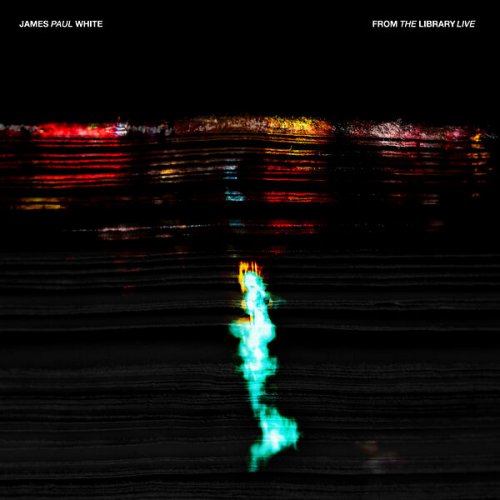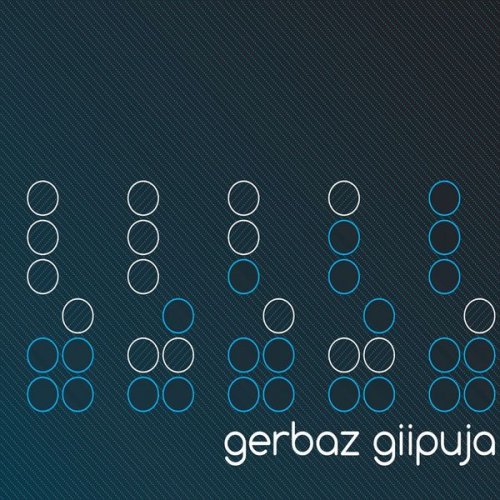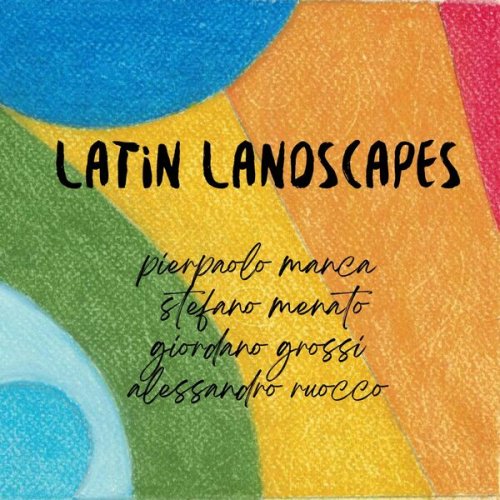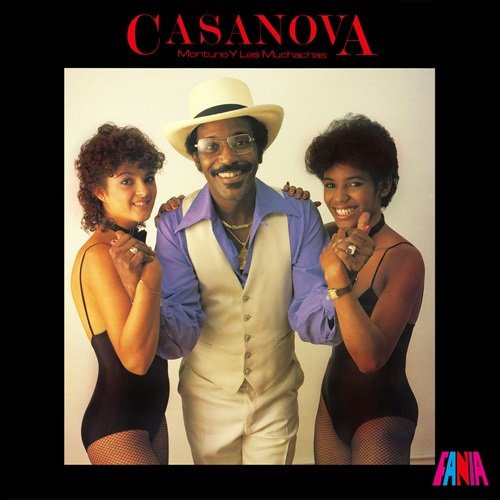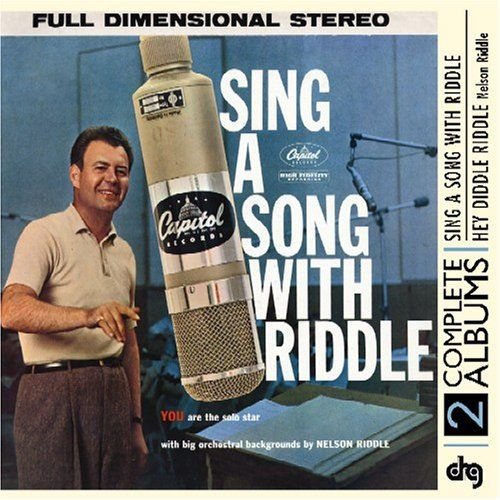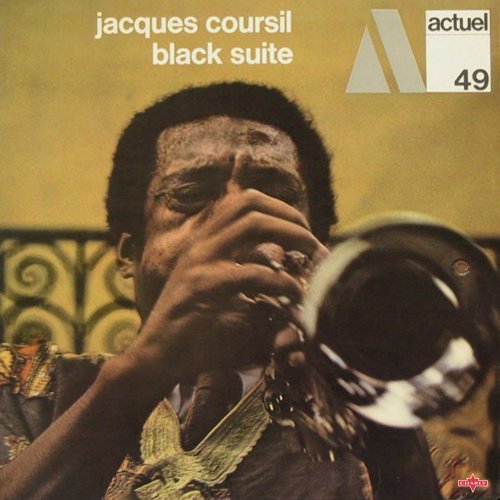Sylvain Cambreling, SWR Sinfonieorchester Baden-Baden und Freiburg, Collegium Vocale Gent & Dorte Lyssewski - Debussy: Le martyre de Saint Sébastien, L. 124 (2024)
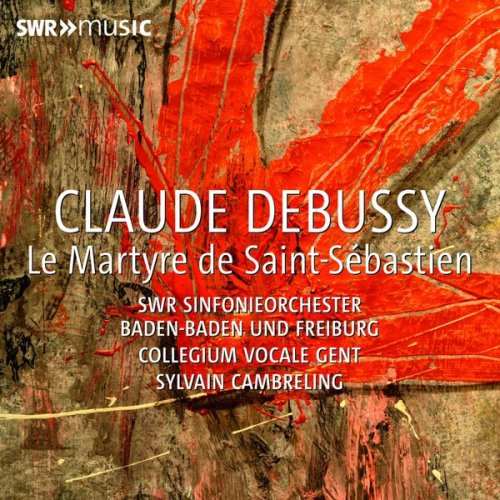
Artist: SWR Sinfonieorchester Baden-Baden, Collegium Vocale Gent, Sylvain Cambreling, Heidi Grant Murphy, Dagmar Pecková, Natalie Stutzmann, Dörte Lyssewski, Dagmar Peckova
Title: Debussy: Le martyre de Saint Sébastien, L. 124
Year Of Release: 2010 / 2024
Label: SWR Music
Genre: Classical
Quality: FLAC (tracks + booklet)
Total Time: 1:16:57
Total Size: 291 MB
WebSite: Album Preview
Tracklist:Title: Debussy: Le martyre de Saint Sébastien, L. 124
Year Of Release: 2010 / 2024
Label: SWR Music
Genre: Classical
Quality: FLAC (tracks + booklet)
Total Time: 1:16:57
Total Size: 291 MB
WebSite: Album Preview
1. Dagmar Peckova & Nathalie Stutzmann – Le martyre de Saint Sébastien, L. 124, Act I "La cour de lys": Frère, que sera-t-il le monde (06:40)
2. Narration (1) (01:32)
3. Le martyre de Saint Sébastien, L. 124, Act I "La cour de lys": Sébastien, Sébastien, Sébastien (02:20)
4. Narration (2) (01:47)
5. Sylvain Cambreling, SWR Sinfonieorchester Baden-Baden und Freiburg, Collegium Vocale Gent & Dorte Lyssewski – Le martyre de Saint Sébastien, L. 124, Act I "La cour de lys": Assez animé. Soufflez de près (07:14)
6. Le martyre de Saint Sébastien, L. 124, Act II "La chambre magique": Prélude (04:02)
7. Narration (3) (01:41)
8. Heidi Grant Murphy – Le martyre de Saint Sébastien, L. 124, Act II "La chambre magique": Je fauchais l'epi de froment (01:44)
9. Narration (4) (00:50)
10. Heidi Grant Murphy – Le martyre de Saint Sébastien, L. 124, Act II "La chambre magique": Qui pleure mon enfant si doux (05:42)
11. Le martyre de Saint Sébastien, L. 124, Act III "Le concile des faux dieux": Prélude (01:40)
12. Narration (5) (00:36)
13. Le martyre de Saint Sébastien, L. 124, Act III "Le concile des faux dieux": Péan, Lyre-d'or, Arc d'argent (00:51)
14. Narration (6) (00:55)
15. Heidi Grant Murphy – Le martyre de Saint Sébastien, L. 124, Act III "Le concile des faux dieux": Avez-vous vu celui que j'aime (08:15)
16. Narration (7) (00:57)
17. Heidi Grant Murphy – Le martyre de Saint Sébastien, L. 124, Act III "Le concile des faux dieux": Cessez, o pleureues ! (01:33)
18. Le martyre de Saint Sébastien, L. 124, Act III "Le concile des faux dieux": Io ! Io ! Adoniastes (00:56)
19. Le martyre de Saint Sébastien, L. 124, Act III "Le concile des faux dieux": Il est mort, le bel Adonis ! (03:26)
20. Narration (8) (01:43)
21. Le martyre de Saint Sébastien, L. 124, Act IV "Le Laurier blessé": Prélude (03:28)
22. Narration (9) (00:57)
23. Le martyre de Saint Sébastien, L. 124, Act IV "Le Laurier blessé": Très modéré (03:11)
24. Narration (10) (01:22)
25. Le martyre de Saint Sébastien, L. 124, Act IV "Le Laurier blessé": Ah ! Helas ! Helas ! (06:10)
26. Le martyre de Saint Sébastien, L. 124, Act V "Le paradis": Interlude (01:26)
27. Heidi Grant Murphy – Le martyre de Saint Sébastien, L. 124, Act V "Le paradis": Gloire ! Sous nos armures flamboyez (05:47)
In 1910, the Italian poet Gabriele D'Annunzio wrote a play about the martyrdom of St. Sebastian. He enlisted Claude Debussy as the composer and the “Mystère en cinq mansions composé en rhythme français” premiered soon after, in 1911. The text combines and interweaves Christian and pagan traditions, playing with both the flair of antiquity and the fascination of the exotic. The Catholic Church took offence at the portrayal of Sebastian, who was played by a female Russian Jew, the dancer Ida Rubinstein, and the audience also reacted hesitantly, so that neither D'Annunzio's play nor Debussy’s music secured a place in the concert hall repertoire. Debussy himself was very fond of his work and soon put together an orchestral suite, the “Fragments symphoniques”, which adapts some of the central numbers of the incidental music for orchestra. Additionally, Désiré-Emile Inghelbrecht created a concert version that radically shortened the text, reducing it to around 15 minutes of recitation in addition to Debussy's music. That is reflected in this recording, which juxtaposes Debussy's original music with texts by the writer Martin Mosebach. These texts do not necessarily reflect the course of D'Annunzio's piece, but rather summarise central aspects of the Sebastian legend, sometimes directly, sometimes abstractly.
